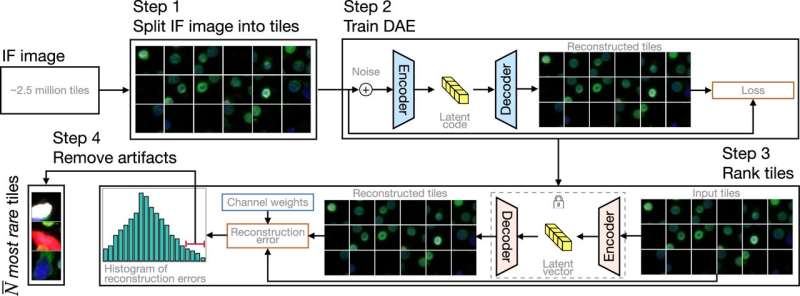Now, researchers at the USC Viterbi School of Engineering and the USC Dornsife College of Letters, Arts and Sciences have developed a new AI algorithm to automate the detection of a few cancer cells among millions of normal blood cells.
In approximately 10 minutes, the algorithm is able to find the “needles in the haystack,” to detect cancer more quickly, determine if cancer has returned and potentially, inform treatments.
The new algorithm, named RED (Rare Event Detection) is outlined in a paper in npj Precision Oncology by Javier Murgoitio-Esandi who was a Ph.D. in the USC Department of Aerospace and Mechanical Engineering (focused on machine learning and artificial intelligence), his advisor, Assad Oberai, Professor of Aerospace and Mechanical Engineering, and Peter Kuhn, University Professor, Dean’s Professor of Biological Sciences and Professor of Biological Sciences, Medicine, Biomedical Engineering, Aerospace and Mechanical Engineering and Urology along with colleagues.

